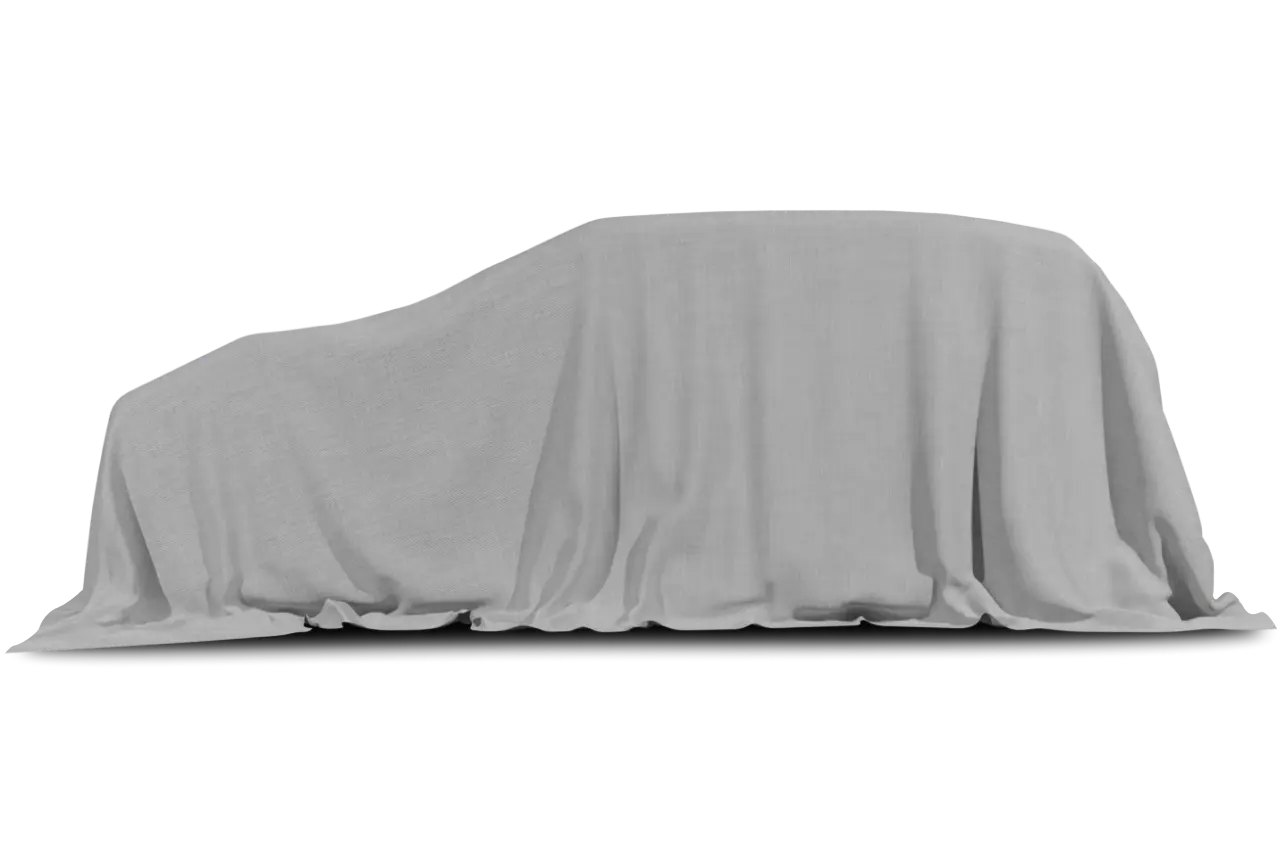
The two stretch-cab Toyota Tacoma pickup trucks looked pretty much identical: jacked up, huge tires on modular wheels and the initials TRD written large on the sides of their pickup boxes.
TRD stands for Toyota Racing Development, an impressive name for an off-road package “inspired by Toyota’s successful Desert Racing Program,” the literature says. It provides a stiffer, more aggressive suspension, greater ground clearance and that brawny rubber, all designed for close encounters with bad roads.
Upon closer inspection, the difference between the two trucks is glaring. One has a rugged four-wheel-drive system for serious off-road work, complete with low-range gearing, that gives it the capabilities of a mountain goat.
The other truck doesn’t. Called the PreRunner, it’s just a two-wheel-drive, despite its rugged off-road styling and attitude. But before you write it off as a mere poser, the two-wheel-drive model does have distinct attributes. More on that later.
First, let’s look at the four-by-four, an impressive piece of off-road machinery that requires a real commitment on the part of its owner. That’s because a true off-roader is something like a seal: clumsy and awkward on land but graceful and agile in its natural environment, the sea.
The four-by-four is awkward and clumsy on the asphalt, with a hard, jouncy ride, dicey cornering and an overall feeling of macho-truck overload. But put it into its element, a harsh trail through the desert, and it becomes graceful and agile.
On a brutal, rock-strewn trail that scales a high ridge and provides some frightening vistas just south of Black Canyon City, I drove the four-wheel-drive Tacoma quickly like a racing-development kind of guy over boulders, through deep crevasses and up steep grades. It just shrugged off everything I threw at it, playfully scaling the rocks, ditches, climbs and sandy washes without a murmur of protest.
This was fun. All the more so because the Tacoma was powered by Toyota’s powerful and flexible twin-cam V-6, more than enough engine for off-road chores and highway driving. It also gives the pickup the ability to tow 5,000 pounds, which is not bad for a compact truck.
One thing, though. If you were really a serious off-roader, this truck would be set up with a five-speed stick shift rather than automatic.
Meanwhile, back in the regular world, I found the PreRunner to be much more hospitable as a daily driver. With the same engine setup but lighter and less complex, the PreRunner is quicker and handles better, and the suspension doesn’t beat you up nearly as much.
Although it won’t take you through the kind of extremely rugged terrain of the four-wheeler, it will conquer the washed-out or corrugated dirt roads encountered on most trips into the wilderness. This is a more likely scenario for the vast majority of drivers than the heroic capabilities of the four-by-four.
Just in case you get in over your head, the PreRunner comes w ith a lockable rear differential for added traction.
So here’s a pretty clear choice between two vehicles that look the same but set forth on two different missions. The four-wheel-drive Tacoma will take you places that lesser trucks won’t, as well as provide bragging rights for its tough capabilities.
The PreRunner will give you the same visual impact and considerably better behavior on pavement, but forget the serious off-road stuff.
Getting down to consumer issues, the Tacoma is a hot-selling pickup for Toyota, with spartan models priced as low as $12,500. Toyota pickups’ reputation for durability is possibly the best in the business, and they are pretty much the signature vehicles of the Middle East, Africa, South America and other places where rugged, inexpensive transportation is premium.
The Xtracab, as Toyota dubs its stretch cab, is especially effective on thiscompact vehicle, providing decent space and stowage. The back seat is strictly for kids, th ough, and even they might complain about the cramped conditions.
The difference in cost between the four- and two-wheel-drive TRD Tacomas is more than $6,000, which might give some buyers pause. The options are fairly pricey, too, with anti-lock brakes going for $590 (they should be standard on all vehicles), air-conditioning for $1,000, TRD package for $800 on the four-by-four and fully twice as much on the PreRunner, nearly $500 for power windows and locks, and $300 for a bed liner.
That’s a lot for a little. On the flip side, these are very complete trucks that would not require many aftermarket additions.
In its advertising, Toyota has been making much of Ivan “Ironman” Stewart’s 16th victory in the grueling Baja 500 driving a race-prepared Toyota pickup. It also touts the fact that Ironman “pre-runs” the Baja in a two-wheel-drive pickup, thus the PreRunner handle.
The TRD package won’t turn you into an Ironman, but it’s hard to go wrong with whichever TRD Tacoma you choose, being aware that each is a compromise.
For most people, the PreRunner is probably the more practical choice. But if you’re serious about getting back into wild places, the four-wheel-drive Tacoma is tough to beat. No matter how hard you try.
1998 Toyota Tacoma
Vehicle type: Four-passenger, two-door pickup, rear/four-wheel drive.Base price: $24,928.Price as tested: $28,544.Engine: 3.4-liter V-6, 190 horsepower at 4,800 rpm, 220 pounds-feet of torque at 3,600 rpm.Transmission: Four-speed automatic.Curb weight: 3,455 pounds.Length: 178.9 inches. Wheelbase: 203.1 inches.Safety features: Dual air bags, anti-lock brakes.EPA fuel economy: 17 city, 20 highway.Highs: Off-road prowess Sharp looks Powerful engine. Lows: Rough ride Dicey cornering Expensive options.







.png)



